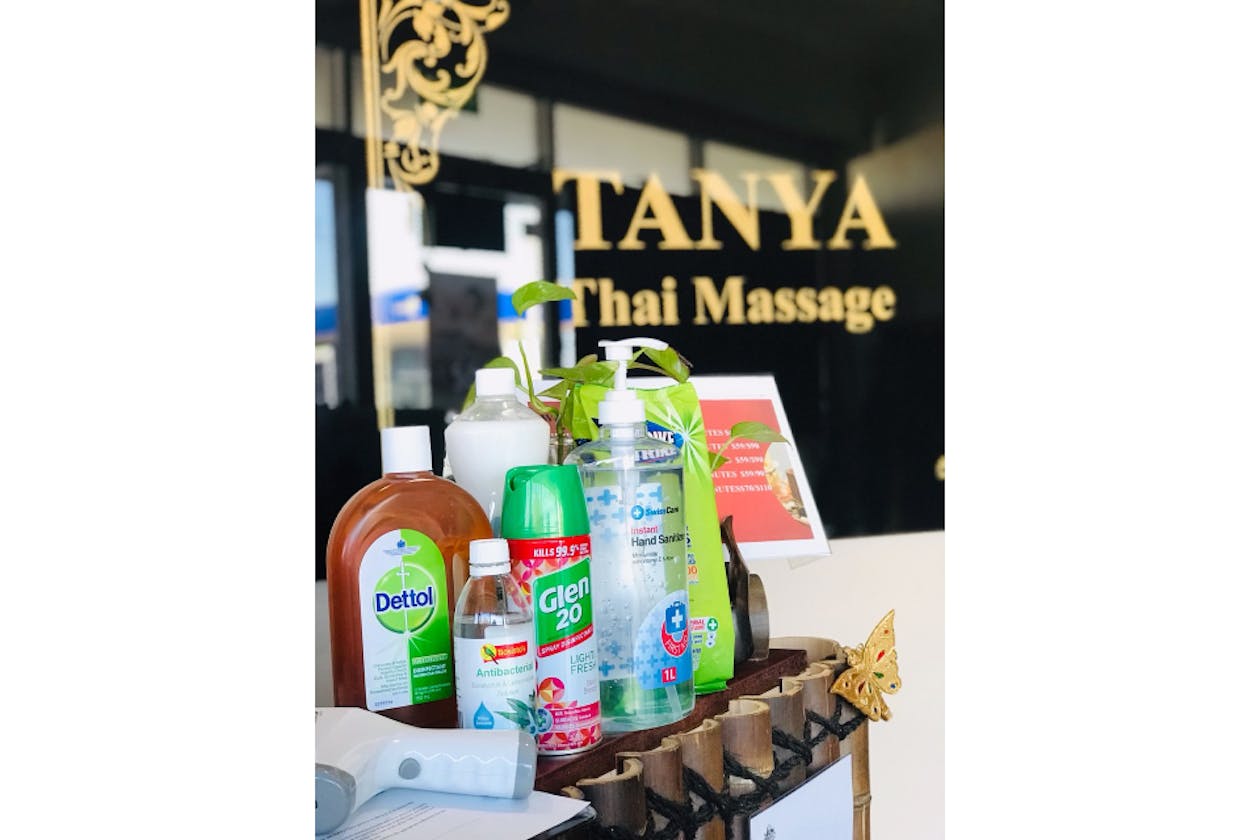
Body Massage Book your body massage appointment online and save
Top 20 Body Massage TherapistsFor more salons, check out Fresha’s list of Massage Studios.
 475 Cabramatta Road West, Cabramatta West 2166(8)Tanya Thai Massage on Cabramatta Road West is your ideal destination for an authentic traditional Thai massage that will restore flexibility and comfort.
475 Cabramatta Road West, Cabramatta West 2166(8)Tanya Thai Massage on Cabramatta Road West is your ideal destination for an authentic traditional Thai massage that will restore flexibility and comfort.
Old Shanghai Remedial Massage
Level 2, 495 Oxford Street, Woollahra 2025(13)Old Shanghai Remedial Massage is an oasis in traditional Chinese massage. The salon invites you to a neck, shoulder massage, or whole body treatment.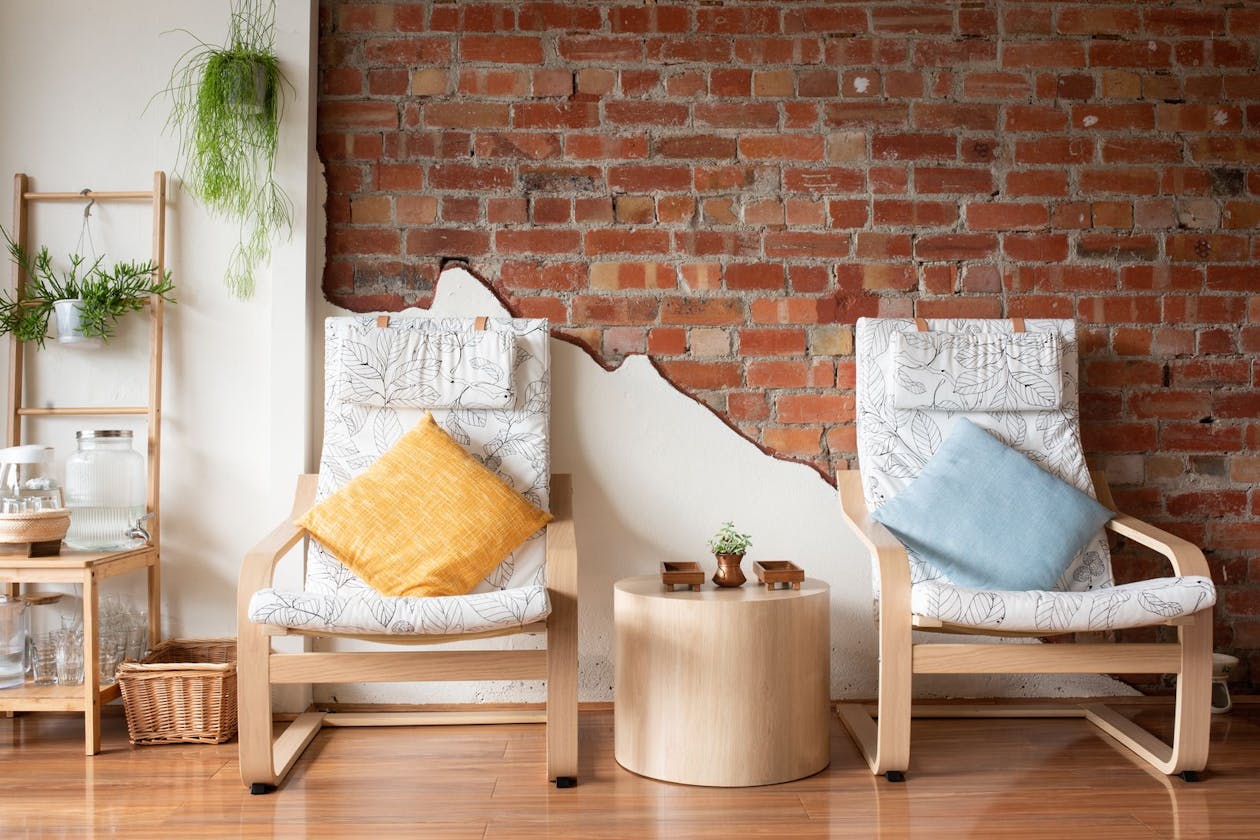
The Massage Studio
735 Nicholson Street, Carlton North 3054(284)This tranquil studio on Nicholson Street in Carlton North is home to a phenomenal team of highly trained massage therapists. Book online today.
Figtree Thai Massage
2/34 Princes Highway,, Figtree 2525(6)Looking to relax, unwind and recharge your batteries? Figtree Thai Massage on Princes Highway offers truly rejuvenating massage treatments. Book online.
Thai Siam Thai Massage
Shop 12 / 23 Norton Street (Inside the Italian Forum), Leichhardt 2040(18)Head to Thai Siam Thai Massage for the ultimate traditional Thai massage. Relax with an Oil Massage, Deep Tissue Massage, Hot Stone Massage or healing Remedial Massage.
Queens Thai Massage
Shop 1 / 104 Railway Street, Corrimal 2518(21)Queens Thai Massage is a tranquil authentic Thai massage studio. Let your worries melt away with traditional Thai, remedial, oil, or deep tissue massage.
Red Lotus Massage - Cheltenham
2 / 250 Charman Road, Cheltenham 3192(19)Red Lotus Massage – Cheltenham are highly skilled in massage services. Choose from traditional Siam massage, Deep Tissue, Relaxation and Hot Stone Massage.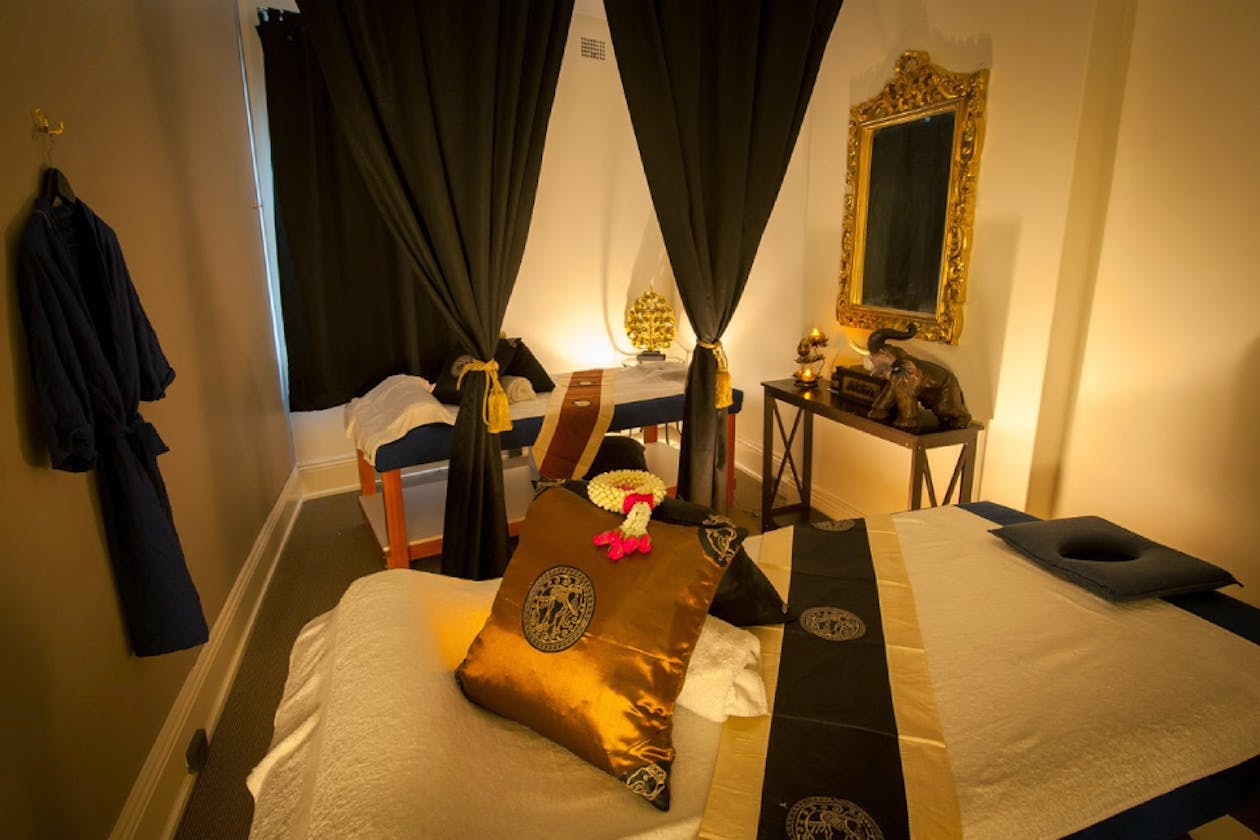
Willoughby Thai & Remedial Massage
L1 / 553 Willoughby Road, Willoughby 2068(5)Lead a healthy, active lifestyle by achieving optimal strength and flexibility at Willoughby Thai & Remedial Massage in Willoughby NSW.
Luxsa Therapy
254 Como Parade West , Parkdale 3195(64)Luxsa Therapy is an indulgent Thai massage centre. Release tensions with a range of massages including aromatherapy, oil, and traditional Thai massage.
Paradai Thai Massage - Brighton
154 Church Street, Brighton 3186(180)Paradai Thai Massage specialises in traditional Thai techniques, offering deep tissue, stone massage therapy and more to comfort and nurture your needs.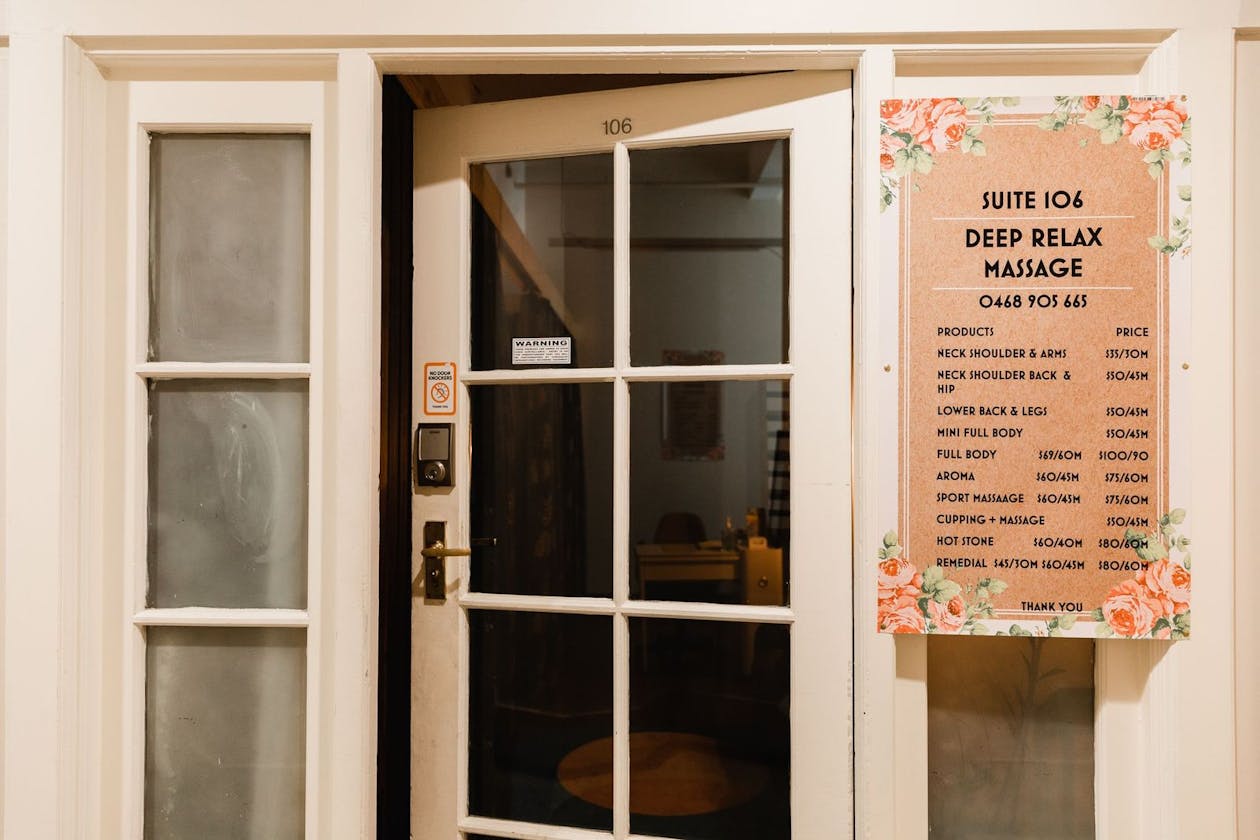
Deep Relax Massage On Pitt Street
Suite 106, Level 1 / 250 Pitt St, Sydney CBD 2000(41)For soothing and revitalising massage treatments in the heart of Sydney CBD, Deep Relax Massage on Pitt Street has got you covered. Book today.
Elwood Thai Massage
77 Glen Huntly Road, Elwood 3184(153)Escape your stresses, aches and pains with Elwood Thai Massage. Their fully trained therapists specialise in traditional northern Thai techniques.
Nahm Thai Massage
199 Missenden Road, Newtown 2042(67)Nahm Thai Massage combines relaxing aromas with cosy, quiet rooms and incredible techniques. Discover aromatherapy, hot stone, and traditional Thai massage.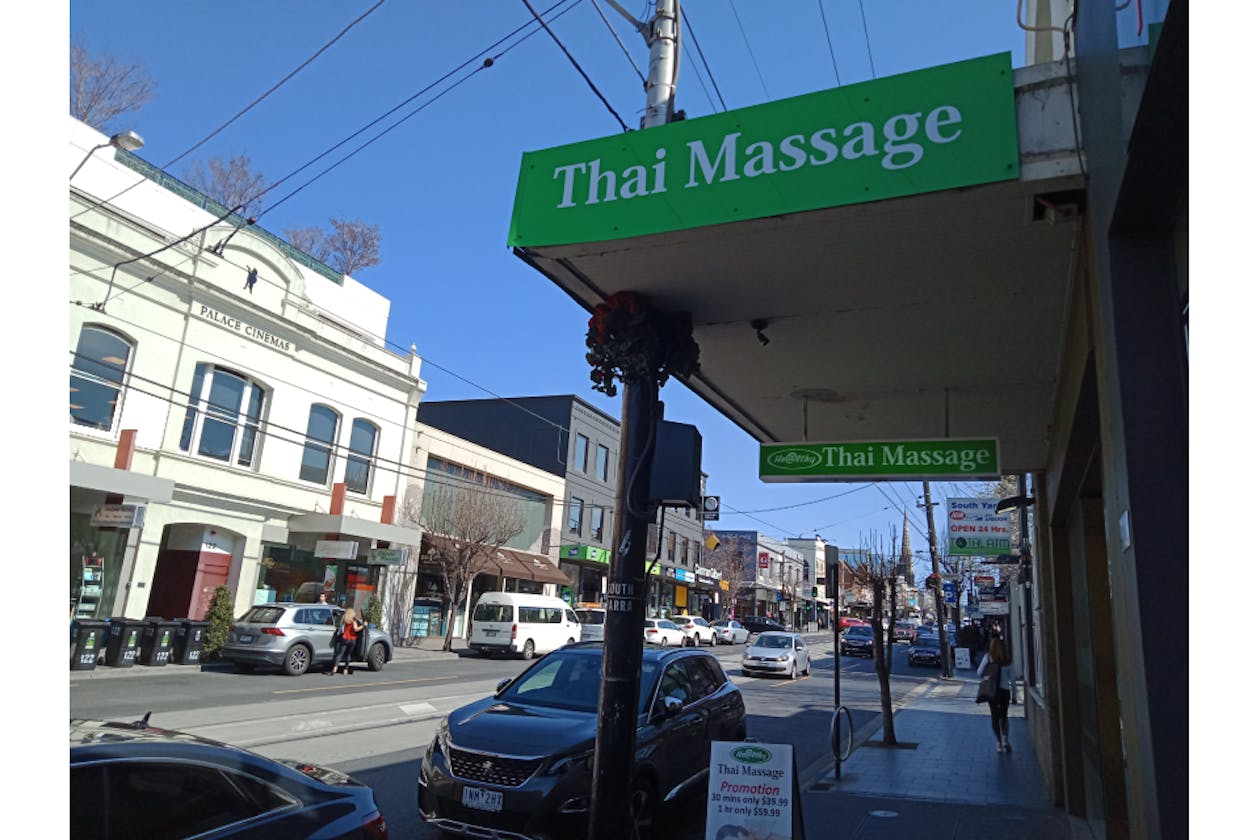
Healthy Thai Massage - South Yarra
119 Toorak Road, South Yarra 3141(18)Overdue for a revitalising massage? Indulge in a thorough pampering from the trained professionals at Healthy Thai Massage, on Toorak Road in South Yarra.
Healthy Life Clinic
2/91 Dorset Road, Ferntree Gully, Ferntree Gully 3156(14)For revitalising massage and physiotherapy treatments that will have you feeling like a whole new person, visit Healthy Life Clinic in Ferntree Gully.
Red Lotus Massage - Brighton
2 / 170 Martin Street, Brighton 3186(17)Red Lotus Massage is a sanctuary of calm and relaxation. Choose from a traditional Siam massage, Red Lotus Siam deep tissue, or soothing Relaxation Massage.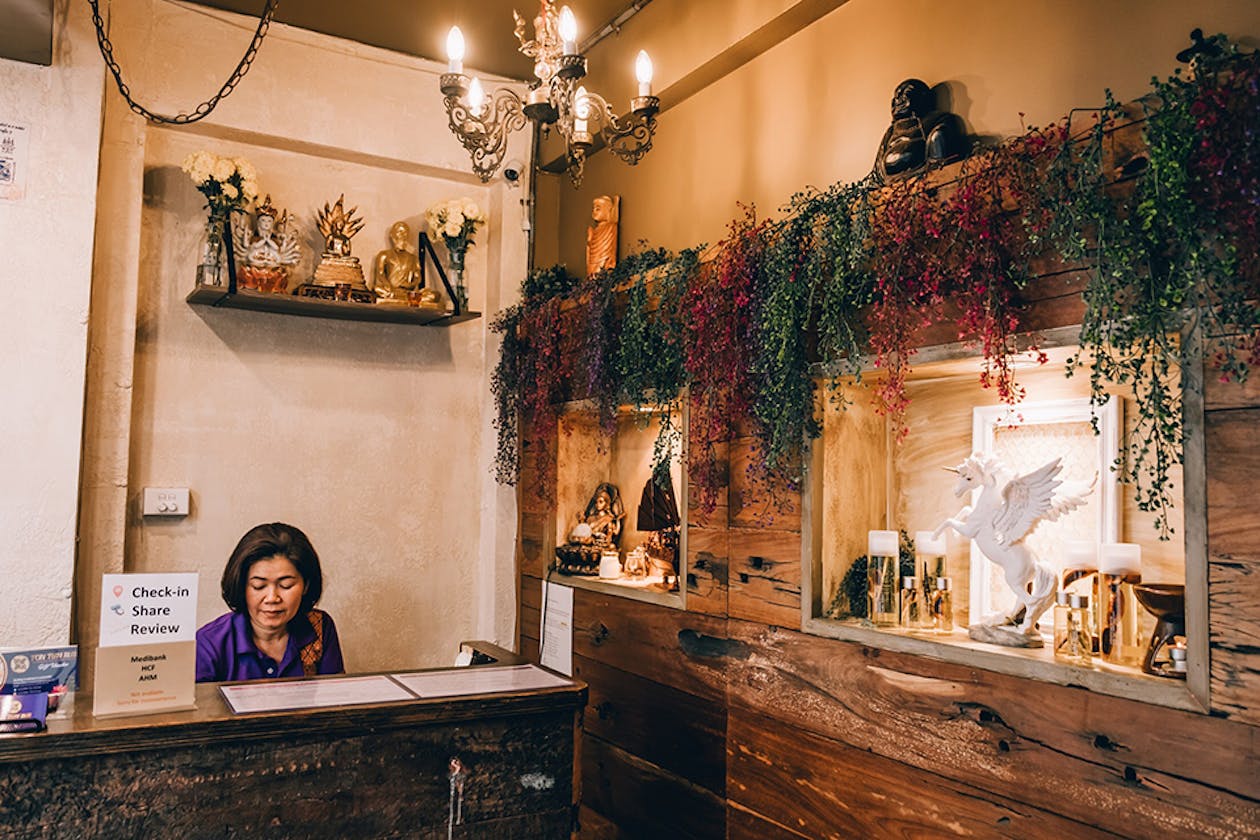
Ton Tum Rub Thai Massage and Spa
201 Victoria Street, Potts Point 2011(524)Tired, or stressed? Head to Ton Tum Rub Thai Massage and Spa. Try a Traditional Thai Massage, Aromatherapy, Hot Stone or Signature Deep Tissue Massage.
Swan Beauty Massage And Spa
UFC Gym 466 West Botany Street, Rockdale 2216(17)For all things massage, head straight to Swan Beauty Massage and Spa. Try out the Deep Tissue, Relaxation or Pregnancy Massage, and authentic Thai Massage.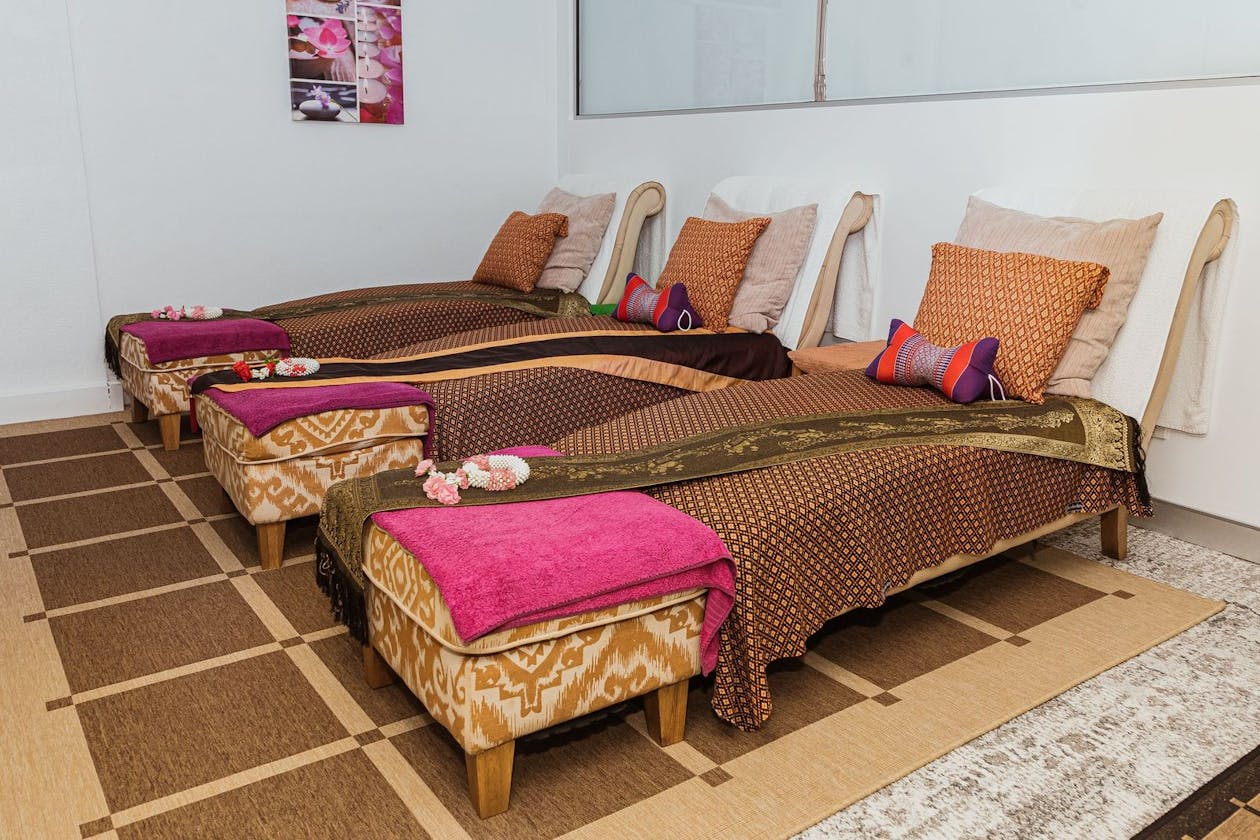
Nana Thai Massage and Beauty
Suite 4/92 Commercial Road, Newstead 4006(89)Nana Thai Massage and Beauty offers an impressive range of massage therapies. Choose from invigorating traditional Thai, to indulgent pregnancy massage.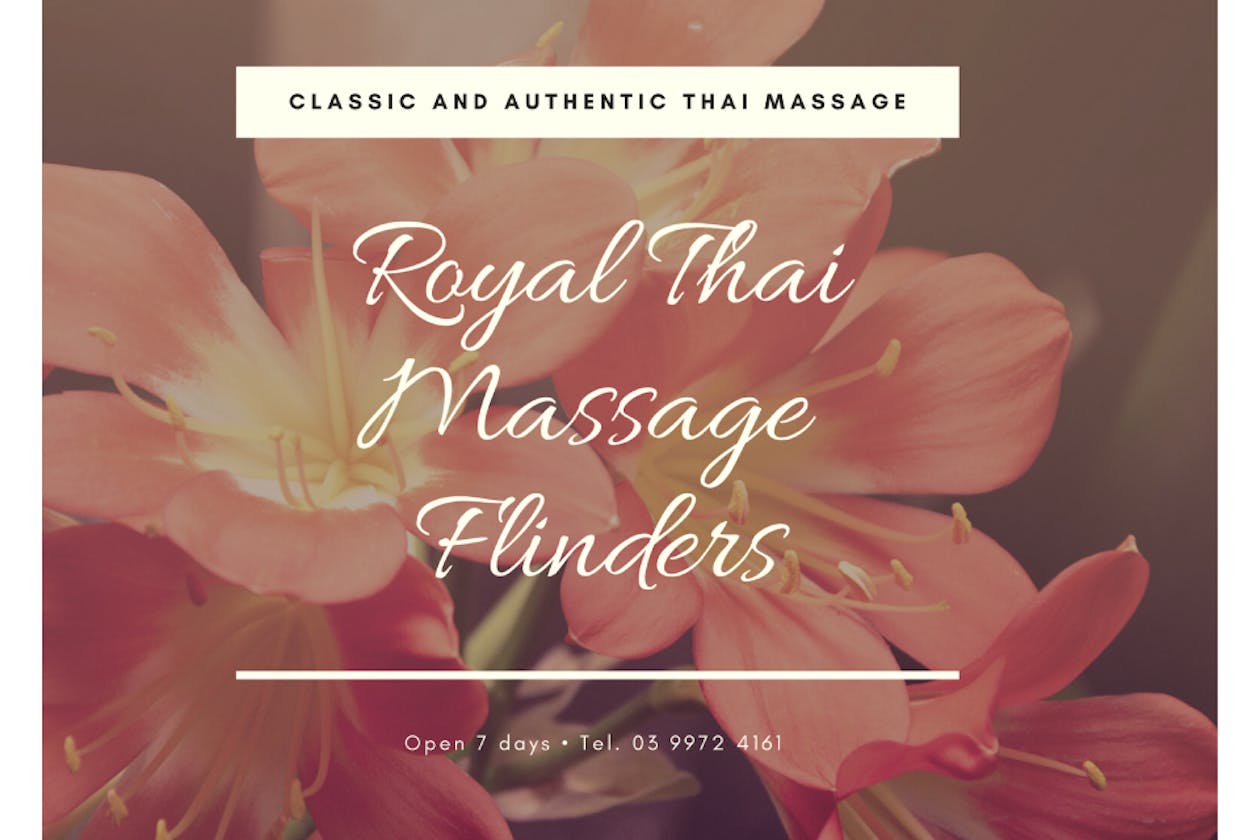
Royal Thai Massage Flinders
Shop 7 / 2 Queen Street, Melbourne CBD 3000(19)Need a truly professional massage treatment that has you feeling like a whole new person? Book an appointment at Royal Thai Massage Flinders, with Bookwell.
Body Massage
Massage is probably the oldest healing therapy in the world. It's been used throughout time by pretty much every civilisation that has ever existed. It offers not only physical healing benefits but can also soothe the mind and spirit.
Massage at its most basic involves stroking and kneading the skin and manipulating muscles to bring relieve pain and boost mobility. It also incorporates the ancient practice of acupressure, using key points on the body to treat major organs and improve our natural energy flow.
Holistic Treatment
Massage works on muscles, ligaments, tendons, fascia, joints and pressure points, making the most holistic treatment available.
There are many different forms of massage now including relaxation, Swedish, remedial, deep tissue and sports massage. All of these techniques and more share a common base but are used to target different conditions. For example, an aromatherapy massage is soothing and relaxing and uses essential oils to improve mental and physical health.
Some forms of massage are performed using just the hands whilst others, like a traditional Thai massage, use hands, feet, elbows and knees. A Hawaiian Lomi Lomi massage is quite different again, in that the forearms are also used and the therapist may massage two areas at the same time. A Lomi Lomi massage may also incorporate chanting, stretching and manual manipulation.
Myotherapy
A very specialised form of massage is myotherapy. This includes the assessment and treatment of soft tissue injury, pain and dysfunction affecting movement and mobility. Myotherapy is generally recommended to help restore and maintain the function of the soft tissue structure - muscles, tendons, ligaments and fascia.
Massage can be used to treat many conditions including chronic back and neck pain, headaches and migraines, Delayed Onset Muscle Soreness (DOMS), stress and anxiety, high blood pressure and insomnia.
Whilst not a cure, regular massage has been shown to be very effective in supporting people with serious illnesses like cancer and chronic disease.
Relief for Cancer Patients
A major American study looked at the effects of massage on 1300 people with cancer over a three-year period. Those patients in hospital received 20-minute massage treatments whilst those treated as outpatients had a 60-minute session. The study revealed that massage therapy helped practically all the patients by reducing pain, nausea, fatigue, anxiety and depression. Interestingly, the benefits lasted longer for those who had the 60-minute session.
Generally, the first benefit you feel when you have massage therapy is a feeling of deep calm and relaxation. This is because massage decreases cortisol levels and prompts the release of endorphins (neurotransmitters) to encourage feelings of wellbeing. Other stress hormones like adrenaline and norepinephrine are also decreased.
As research has shown that high levels of stress hormones can damage the immune system it's clear that massage will lead to better general health.
Increase Mobility
On a physical level massage will reduce muscle tension, boost the circulation of blood, oxygen and lymph, increase joint mobility and flexibility, improve skin tone, speed up soft tissue injury recovery and boost mental alertness
Here's a general guide to choosing a massage therapy:
Remedial: Assesses and treats the signs, symptoms and causes of biomechanical dysfunction or injury.
Therapeutic (Swedish): Very popular in Australia and used to promote relaxation and boost circulation.
Lymphatic drainage: Used to relax the nervous system and improve the body's immune system.
Aromatherapy: Uses essential oils to treat different conditions.
Baby massage: A very gentle form of massage that can improve sleep and treat colic.
Reflexology: Uses acupressure points, particularly in the feet, to treat a range of conditions and stimulate the body's natural healing process.
Shiatsu: An oriental massage technique based on acupressure that improves energy flow by working certain points on the body.
To experience the many benefits of massage therapy search Bookwell for practitioners in your area.
Book Body Massage in your city
- Adelaide
- Albany
- Albury
- Ballarat
- Bendigo
- Blue Mountains
- Brisbane
- Broome
- Bunbury
- Cairns
- Canberra
- Central Coast
- Coffs Harbour
- Colac
- Darwin
- Geelong
- Gippsland
- Gold Coast
- Hervey Bay
- Hobart
- Kalgoorlie
- Launceston
- Lithgow
- Mackay
- Maitland
- Mansfield
- Melbourne
- Mornington Peninsula
- Newcastle
- Northern NSW
- Perth
- Regional NSW
- Regional QLD
- Regional VIC
- Regional WA
- Shepparton
- Sunshine Coast
- Swan Hill
- Sydney
- Taree
- Toowoomba
- Torquay
- Townsville
- Warrnambool
- Warwick
- Wollongong